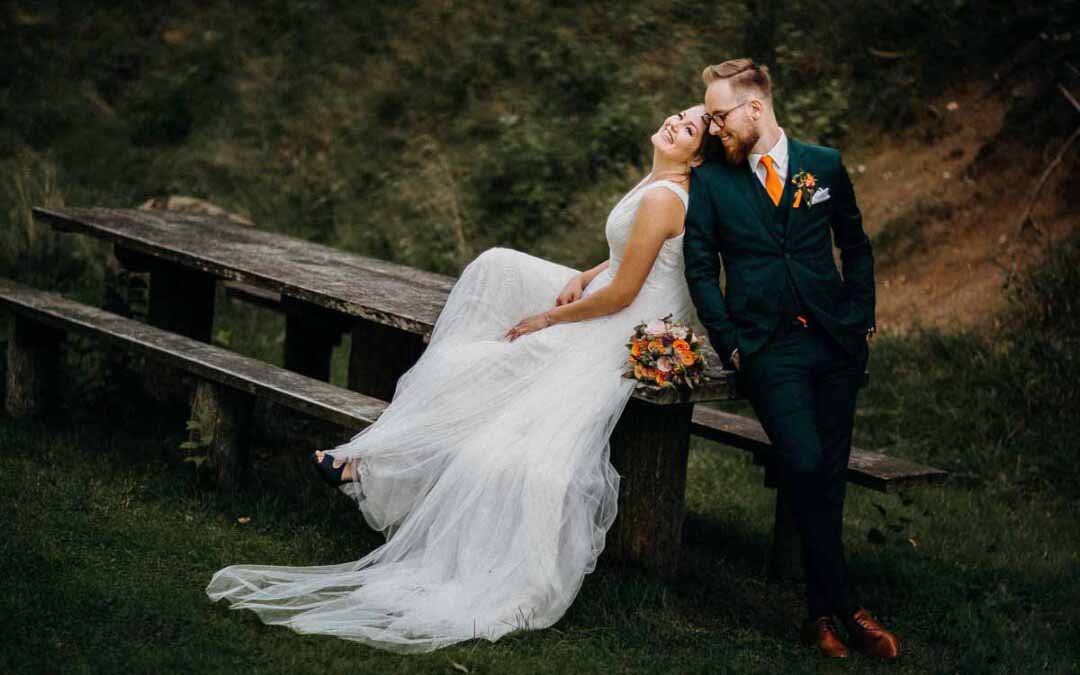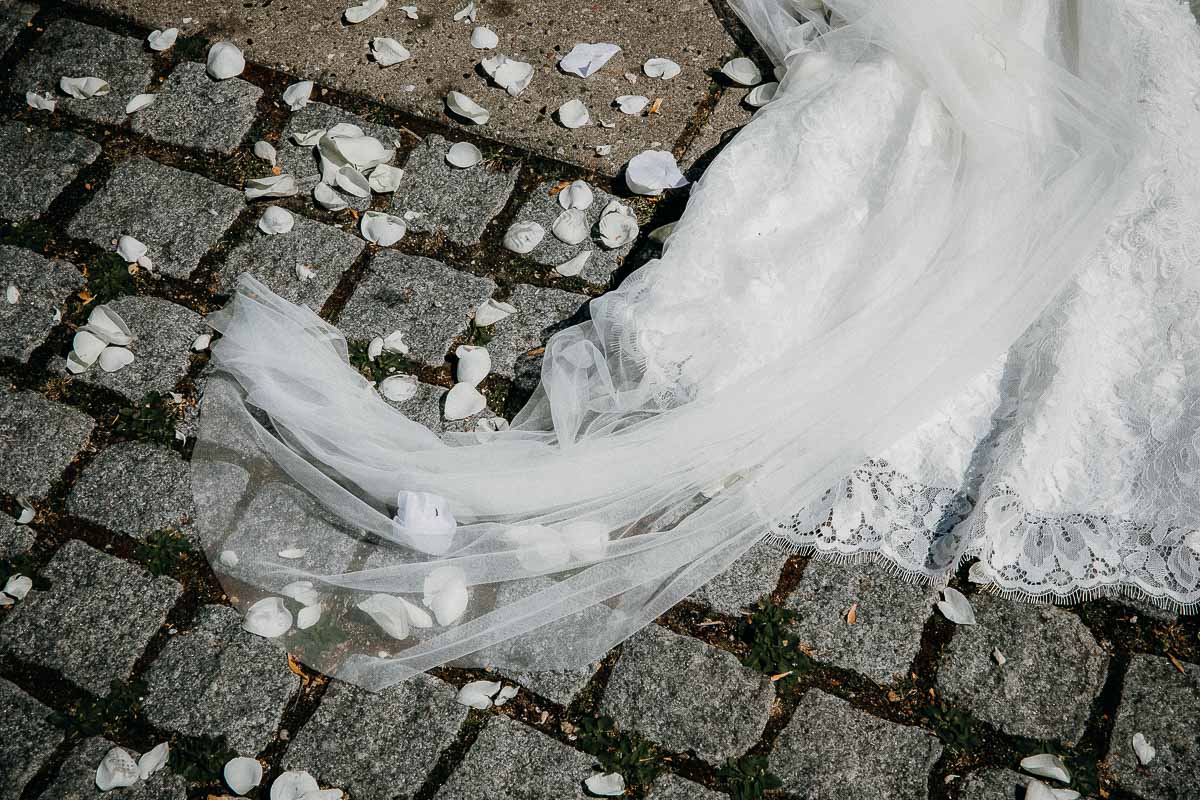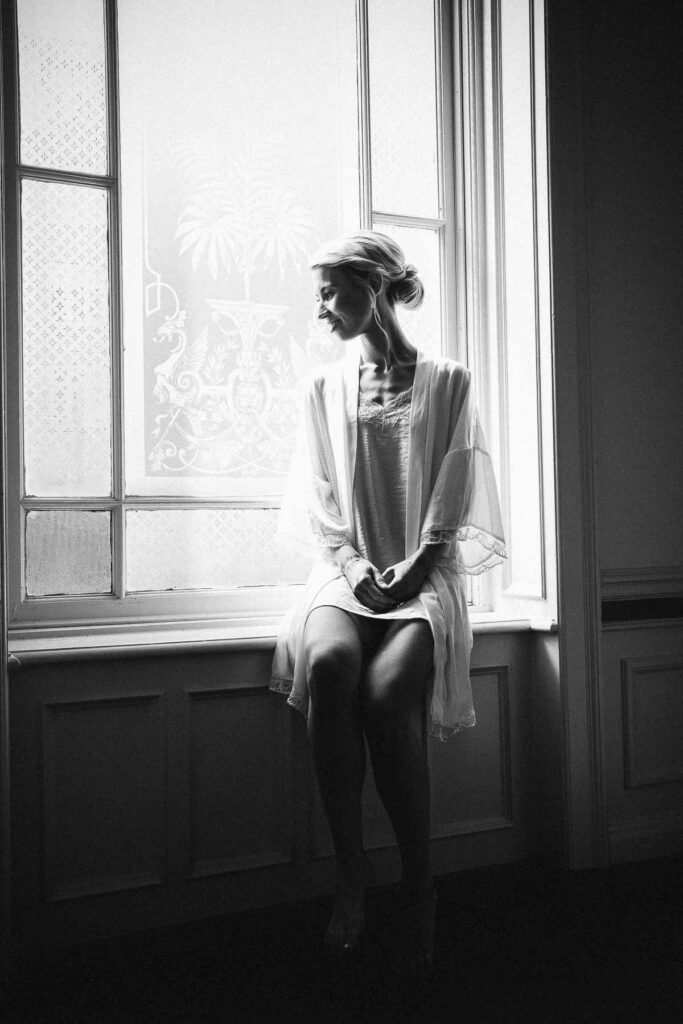Are you frustrated by the quality of your photographs? If you read on, you will find many tips that will help you become better at photography.
In the scene before you, frame a select part of it to create a good composition. A quality photograph should mimic a small frame that surrounds certain features of your subject. Don’t try to show too much. In fact, sometimes it’s better altogether if you take multiple photos of a subject instead of struggling to get that one illusive shot of perfection. This works especially well when you’re trying to capture the essence of something.
Life is in constant motion, so when it comes to snapping photos, don’t hesitate. If you wait, the subject may move or something may move in to block your view. It is better if your camera takes pictures quickly.
Try things that you think would be interesting and new; don’t be afraid to explore. An excellent picture needs to have its own personal style to it. Show this point of view to the rest of the world. Try to avoid the style of photos that you may have seen many times before. Using your creative skills, try using some fresh angles.
Avoid taking pictures under an overcast, cloudy sky if possible. If your photos contain too much gray sky they will appear washed-out and muted. If you find yourself shooting into overcast skies, taking classic, black and white photos may be your best option. A bright, blue sky can create a lovely backdrop as long as you are careful not to overexpose the shot.
A dSLR is an essential tool for you. The acronym DSLR stands for digital single lens reflex. This type of camera is the best choice because it allows you to see your image immediately after you have taken the picture. Ideally you would get a full framed DSLR camera that gives you the largest image sensor with the highest detailed photographs.
There are great photographers you can look to for inspiration. Looking at the work of other photographers will remind you that there are endless ways to capture a moment.
Do not focus entirely on the background of your landscapes. The foreground needs to be worked on to create an impression of space. To create a frame that is striking and increase the depth of your photo, plan the foreground of the shot.
Play around with the settings on your camera and create different compositions for your photographs. You do not necessarily need the most interesting subject or object for a great picture. A good photographer infuses his talent and intuition into his photos to make boring objects look interesting. Experiment with different techniques to develop your own style.
If you plan to travel, make sure to pack any photography equipment thoughtfully. Bring all lenses that you think you will possibly use, plus a few extra batteries and cleaning tools. Be sensible about the limitations that your mode of transport will present, and try to take along only what you are sure you will need.
Having your batteries always charged helps you avoid missing any great shots. Digital cameras usually use quite a bit of battery power, usually when using LCD screens, so always make sure your battery is fully charged before using the camera. It is also a good idea to carry around spare batteries. This way you will never miss out on a great shot.
As you take different pictures, accompany each with a brief, written note. When you look back at your pictures, you might have a hard time remembering where you took them. Use a notepad to jot down a few notes about the pictures you take.
ISO, shutter speed and aperture are important settings, and you may have to try different settings for the best results. These features will influence the exposure. Underexposed or overexposed pictures should be avoided, unless that’s the shot you are going for. Do a little experimenting and you will soon understand the relationship between these three features.
You are permitted to move your subject in order to discover a unique shot. When shooting your subject, try angles from the left, right, above and even below if possible.
Inspire your own creative photographs by joining photography clubs or taking photos with another photographer. Others interested in this hobby can prove a valuable source of information and learning. It is important, however, to never allow their artistic style to affect how yours develops. Look closely at the photographs that you took while out with another photographer, and examine how the same subject can be seen differently by different people.
If you would like to attempt film-based photography, you can easily get a suitable camera from a thrift store. Use black-and-white film that has an ISO value of 200 for dramatic photographs. When you develop the pictures, consider using old fashioned papers as well. Fiber-based papers are good.
Snap the picture quickly. You can never tell how fast that fleeting moment will flee, so always be ready for it. You can easily miss a special moment in time when animals get antsy, and smiles wear thin on your subjects. Adjust your settings as quickly as possible, and do your best to snap your picture while the scene still looks natural.
As a learning exercise, set restrictions that force you to find creative solutions. As an example, you may decide to take pictures for the day that represent the concept of “sour.” Try to shoot 100 different photographs from the same point or within the same room. By doing this, you train yourself to create unique photos under the circumstances you have created.
Toying with the focus can create a more interesting photograph. Reduce the f-stop setting to maintain focus on the closer subject. This is great for taking portraits, or any photograph where the subject of the shot is near the camera. Everything in the shot will be clear if you increase your f-stop number, giving you a depth of field that is greater. This would be fantastic for landscape shots.
Read the manual for your camera. Manuals can be thick, heavy and contain a lot of technical terms. Most people put them back in the box or toss them without ever looking at them. Rather than getting rid of it, actually read it. It can enable you to take better photos, and it will also prevent you from making stupid mistakes.
Do not let a great shot go by because you were too busy adjusting your settings. However, don’t use your camera’s preset settings, either. These automatic settings might not give you the effect you want, so it’s better to choose your camera settings manually. Get familiar with your camera options before you start photographing, so you know which settings will suit each subject and situation.
You should always have an idea as to if you want to use highlights or shadow exposure in your pictures. Although, if you take a picture with each setting, you can use photography software to blend the two together.
When approaching scenarios or subjects that are unfamiliar to you, don’t hesitate to practice before the actual photo shoot. Every photographing situation can vary widely, and taking practice shots will give you a feel for the environment. Lighting conditions change often, so just in case, take additional practice photos in between the pictures that you want to use.
Your photographs can be varied by changing the angle you take it from. Head-on shots are common; anyone can shoot those kinds of pictures. Instead, try a shot looking down on the scene or looking up at the subject from ground level. You might also find that angled or side shots create a distinctive photographic experience.
Try various angles to help make your photos more unique. Anyone can take a head on photo of a scene. Look at things from a different perspective, such as from high up or ground level. Try framing shots sideways or on a diagonal to make an interesting composition.
Different filters are used as an extension of a camera’s lenses. You screw them on the lens. They are useful because they’re are multi-purpose. The most frequently used filter is a UV filter. This prevents harsh sunlight from damaging the lens. It also protects your lens against physical damage if you accidentally drop your camera.
Shutter Speeds
Sharpness can greatly influence your picture. Generally, a camera’s standard settings place the sharpest focus on subjects in the middle area of the frame. As it reaches the outside edge of your camera frame, it can start to become distorted.
Use many different shutter speeds. Using fast shutter speeds is common practice to prevent blur, but think about how you can use slow shutter speeds to intentionally blur your photos for creative reasons. Want to photograph that crazy cyclist? Your results will show the background being streaked in a horizontal manner, and that shows speed.
If you are snapping photographs in nature, it is important to be careful. Be appreciative of the beauty of nature and do not litter, smoke or otherwise sully it. Take pictures of that beautiful scene, but be sure you leave it just as beautiful for the next person.
Creating a breath-taking photograph of a person doesn’t just mean taking a portrait of their face. The human body can be viewed as individual parts in order to create interesting subjects that you can photograph.
It is possible to use your camera’s built-in features as valuable resources for setting up your shots. If you want to blur the background and draw out the subject in your photo, use a shallow depth field.
Learn how to optimize your camera flash. There’s more to using a flash than just turning it on and leaving it on. There are situations where a great picture can be spoiled by too much light. If you are taking photos in a low light setting, this is another situation when the flash should be turned back on.
Get down to the child’s eye-level when taking a picture of them. You will save a lot of time if you take photographs of children while at their height level.
Get closer to your subject. When you frame a shot, you want to move close to your subject, or correctly use the zoom feature. Fill as much of the frame as possible with your subject. Even scenic backgrounds, when there are too much of it, will detract from the image. Also, the closer your subject, the more subtle details are noticeable.
Keep photographs balanced. If you are careful to balance the elements in your photos, they will look good enough to frame. Remove any elements which might be distracting, ensure that you level the horizon, and frame your subject aesthetically.
You should review your photographs to ensure you are not underexposing or overexposing your shots. Consult your camera’s instruction guide for information on accurately reading its histogram. Check the histogram to find out the exposure you are getting in a shot so you can improve on it with the next shot.
You need to watch out for whether your pictures are under or overexposed. You can avoid errors by studying how to interpret your camera’s histogram. This tool tells you if the shot you’ve taken was over or under-exposed, giving you the opportunity to fix your settings until they’re perfect for the next shot.
When you begin photography, understand balance or the color of light in your shots. Pay attention to the color of the ambient lighting in your environment, as this will influence the colors that come out in your pictures.
Setting the white balance manually will help with taking better pictures. Although many cameras automatically set the white balance for a shot, this is far less accurate than white balance that is set manually. Using white balance properly can remove the yellow tint from your photographs and generally alter the entire mood of any shot.
Photography requires talent and education. This article can help any new photographer get started on their way to taking impressive photographs.
A photographer should take pictures that are relevant to what they want to express. Photographers must shoot the perfect composition, as composition means everything when taking photographs. People can look at these pictures and easily know what message the photographer is trying to get across.





